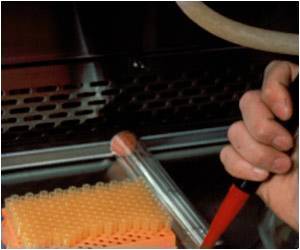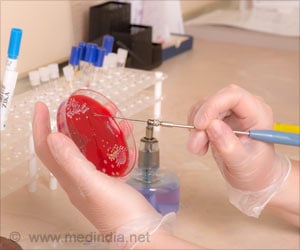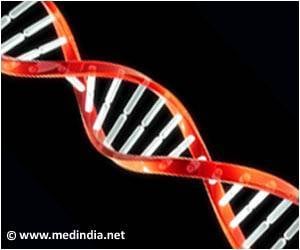sister clones of Dolly are aging normally and are disease-free

‘Sister clones of Dolly are healthy and biologically older. This allays fears that cloning causes greater risk of diseases among animals. Also this can be applied to to protect population of an important species was plummeting toward extinction’





Recently Sinclair, a developmental biologist at the University of Nottingham in England.and his colleagues celebrated the sister clones' ninth birthday, which, he explains, would be like the 70th birthday of a human which suggest that cloned animals suggest that animals are not destined to grow old before their time. In an article out in the journalNature Communications , Sinclair and his colleagues write that the sheeps’ age, along with their strapping health, might be a reason for people to start feeling more optimistic about what cloning can do. The findings will help to allay concerns that cloned farm animals may be at greater risk of diseases of old age.The Nottingham team examined 13 cloned sheep aged seven to nine years old for musculoskeletal problems, metabolic disorders and unhealthy blood pressure. They also compared x-rays and MRI scans of the clones with images taken from healthy control animals. Sinclair and his colleagues evaluated the animals' blood pressure, metabolism, heart function, muscles and joints, looking for signs of premature aging. They even fattened them up (since obesity is a risk factor for metabolic problems including diabetes) and gave them the standard tests to gauge how their bodies would handle glucose and insulin.
Four of the sheep, Debbie, Denise, Dianna and Daisy, were born in July 2007 after being cloned from the same mammary gland cells used to make Dolly. The other nine were cloned from foetal skin cells between 2006 and 2008. To clone a sheep, the nucleus of a cell taken from one sheep is dropped into another sheep’s egg once it has been prepared by removing its own nucleus. The fused egg then grows into an embryo which is transferred into a foster female.
"There is nothing to suggest that these animals were anything other than perfectly normal," says Sinclair. They had slight signs of arthritis (Debbie in particular), but not enough to cause problems. "If I put them in with a bunch of other sheep, you would never be able to identify them," he says.
But cloning still has health risks. The procedure leads to more miscarriages and birth defects, and a greater number of clones die soon after birth. Much research in the field is geared to improving the efficiency of cloning to prevent so many animals from being lost. Dolly was put down after she picked up a virus that causes tumours to form in the lungs.
Advertisement
Sinclair believes cloning still has a role to play though. “There are only two or three labs in the world using this technique, somatic cell nuclear transfer, to clone human embryos with a view to make human stem cells,” he said. “As a model to study reprogramming and the efficiency of the reprogramming process, it’s valuable. What this study says is there is a group of cells in these embryos that undergo complete reprogramming.”
Advertisement
Source-Medindia











